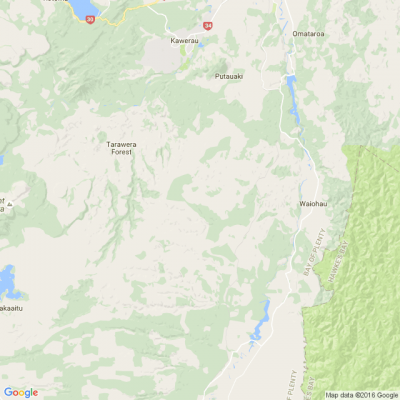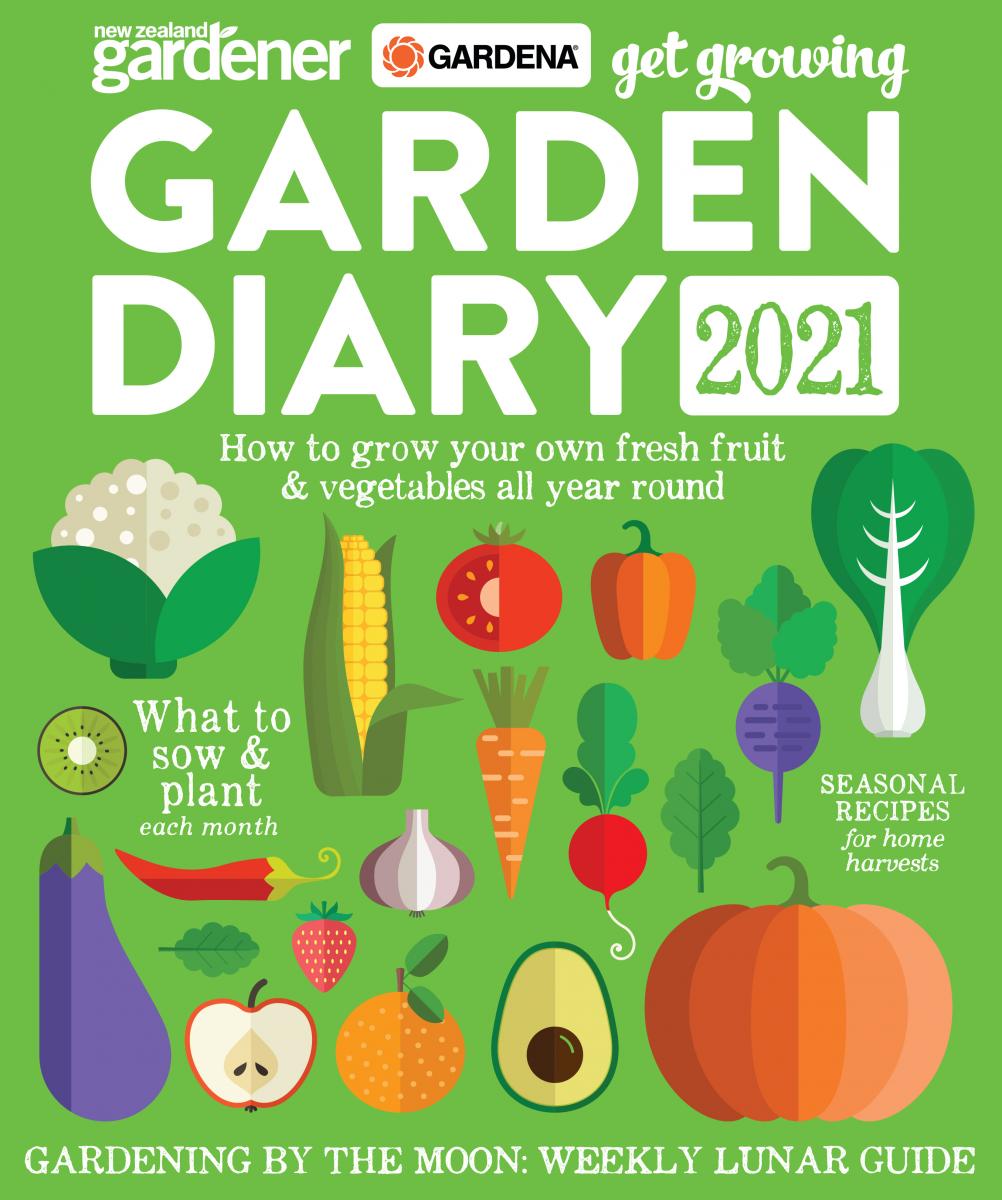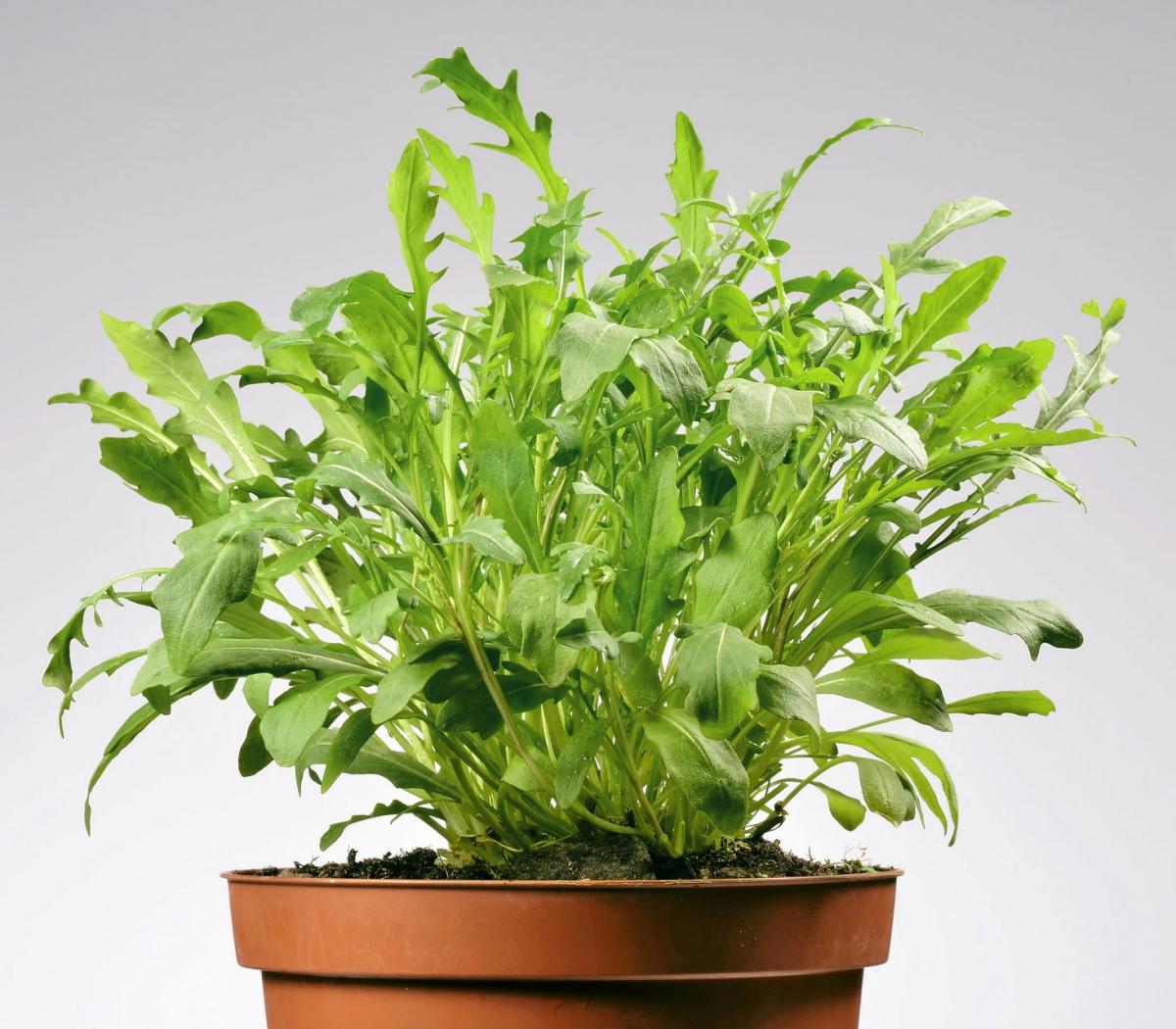
Know what’s happening
Access the private noticeboard for verified neighbours near you. Keep informed about any suspicious activity, send urgent updates to your neighbours when required and discuss emergency planning.
Get to know your neighbours
Browse the directory and start getting to know your neighbours. Don’t want to post to the whole neighbourhood? Send a private message.
Buy, sell and give away
Want to declutter your garage? Buy some used household items? Give away some garden stuff? Become a verified neighbour to browse and post items for sale. Trading is simple when everyone lives nearby.

Explore more, worry less at Ryman
With Ryman’s lock-and-leave-style living, you’re free to explore without worrying about home maintenance or security.

Thank you for using Neighbourly
You may receive an email confirmation for any offer you selected. The associated companies will contact you directly to activate your requests.
Mei Leng Wong Reporter from NZ Gardener & Get Growing
Dear neighbours,
We're all working from home during this lockdown, not just to bring you your favourite gardening mag, but also our Garden Diary 2022! This is where we need your help: Show us how you've been using your 2021 Diary -- take photos of the pages, tell us what was most … View moreDear neighbours,
We're all working from home during this lockdown, not just to bring you your favourite gardening mag, but also our Garden Diary 2022! This is where we need your help: Show us how you've been using your 2021 Diary -- take photos of the pages, tell us what was most useful, did you have enough space to write your notes, what have you scribbled on the pages? Did you clip your plant labels on them? Perhaps shoot a little video with your phone as you turn the pages. Your feedback will help us put together next year's diary.
Please email your comments and photos to mailbox@nzgardener.co.nz, by this Friday, Aug 27. The five most helpful readers will each receive a free copy of the 2022 diary.

The Team from New Zealander of the Year Award | Ngā Tohu Pou Kōhure o Aotearoa
Kia ora Bay of Plenty neighbours!
We hope that you are safe and sound with your bubbles at home.
With two weeks to go until nominations close – it's time to lockdown your nomination for 2022 Kiwibank New Zealander of the Year. We're looking for that special person in this community … View moreKia ora Bay of Plenty neighbours!
We hope that you are safe and sound with your bubbles at home.
With two weeks to go until nominations close – it's time to lockdown your nomination for 2022 Kiwibank New Zealander of the Year. We're looking for that special person in this community – the one doing exceptional mahi to make the Bay of Plenty a better place.
Nominations close 31 August and only take 5 minutes.
Get in quick – www.nzawards.co.nz...

We love seeing our apprentices making waves in the industry.
Wade Peek was recently named Plastics Apprentice of the Year, is definitely one to watch. With two qualifications under his belt, he’s been earmarked as a future plastics industry leader.
He hopes to one day start his own … View moreWe love seeing our apprentices making waves in the industry.
Wade Peek was recently named Plastics Apprentice of the Year, is definitely one to watch. With two qualifications under his belt, he’s been earmarked as a future plastics industry leader.
He hopes to one day start his own manufacturing business and says: "I really want to pass on what I have learnt to support apprentices in their training. I also want to be able to teach people outside of the plastics industry about what we do, as I truly believe we can't solve any of the really important environmental issues that surround plastic unless as many people as possible understand it."
If you are thinking of signing up for an apprenticeship, get in touch with us here

Mei Leng Wong Reporter from NZ Gardener & Get Growing
Dear neighbours,
Every month, NZ Gardener runs a series of tested reader recipes using a seasonal crop. We are now on the hunt for rocket recipes, so send your best ones to mailbox@nzgardener.co.nz before Aug 31, 2021.
Every published recipe wins a copy of our special edition Homegrown Recipes.

Robert Anderson from
At Curtain Clean we take care of all types of repairs!
- Repair undone hems
- Repair rips and broken bartacks
- Repair ripped sides of curtains
- Shortening of curtains
If you have curtain problems we can probably fix them! Call us on 0800 579 0501 if you have something you would like to … View moreAt Curtain Clean we take care of all types of repairs!
- Repair undone hems
- Repair rips and broken bartacks
- Repair ripped sides of curtains
- Shortening of curtains
If you have curtain problems we can probably fix them! Call us on 0800 579 0501 if you have something you would like to discuss with us, or click the link to contact us by email.
Lockdowns are tough for many in business, so let us share the load.
Whether it's setting up technology to keep your business running smoothly, or advice on working remotely.
Get in touch with us, we’d love to help.

Is this you?
You know building the skills and capability of your staff is vital, but it’s hard to know where to start or even where to turn for advice, so it keeps sliding down your to-do list.
Use this guidebook to develop your company’s capability and improve your bottom line.
Free download

Robert Anderson from
We sell ALL SORTS of replacement parts - from hooks to tilters to end caps to blind weights and everything in between! Pictured are our most commonly requested parts, but we have many others in our workshop for all types of blinds and brands. Get in touch with us if you need something - 0800 579 … View moreWe sell ALL SORTS of replacement parts - from hooks to tilters to end caps to blind weights and everything in between! Pictured are our most commonly requested parts, but we have many others in our workshop for all types of blinds and brands. Get in touch with us if you need something - 0800 579 0501 or email us on admin@curtaincleaning.co.nz!
Want to increase your reach by thousands? Now's your chance!
For a limited time only, we're offering you a 3 month Premium Business listing for only $79+GST*
Usually $149+GST, Neighbourly Premium enables you to grow a strong presence in your local community. Find friendly … View moreWant to increase your reach by thousands? Now's your chance!
For a limited time only, we're offering you a 3 month Premium Business listing for only $79+GST*
Usually $149+GST, Neighbourly Premium enables you to grow a strong presence in your local community. Find friendly neighbours who need your services, showcase what makes you stand out from the rest and connect with people who want to ‘shop local’.
*T&Cs apply
Sign up now

We're very excited to announce Digital Boost as our new Neighbourly partner.
Digital Boost is a free online learning platform providing tutorials on how to operate a business in today's digital world.
We truly believe in the support and tools they provide to help digitally upskill … View moreWe're very excited to announce Digital Boost as our new Neighbourly partner.
Digital Boost is a free online learning platform providing tutorials on how to operate a business in today's digital world.
We truly believe in the support and tools they provide to help digitally upskill New Zealand SME businesses.
Please join us in welcoming Digital Boost and stay tuned for tips and tricks, online tutorials and other exciting content!
Learn more

⚡ Weather and supply has been the scapegoat for the price hikes, but the truth is that New Zealand’s electricity market is broken - denying Kiwis access to fair pricing. 👎🏽 Over 100,000 NZ households are currently living in energy hardship, and if things continue, more families will be … View more⚡ Weather and supply has been the scapegoat for the price hikes, but the truth is that New Zealand’s electricity market is broken - denying Kiwis access to fair pricing. 👎🏽 Over 100,000 NZ households are currently living in energy hardship, and if things continue, more families will be at risk.
Kiwis deserve better, which is why we’re fighting for power affordability for all of us. But we can’t do it alone.
Join us in the Revolt to bring power prices down, by signing the petition to demand that the Government reforms NZ’s broken electricity market. #Powergate ✊🏾 ✊🏿 ✊🏼 ✊🏽
Sign and share the petition at jointherevolt.co.nz
Find out more

Purchase a local newspaper subscription in time for Fathers Day and receive a Lone Star rib pack valued at $59.
Hurry offer is for a limited time only. Terms and Conditions apply.
Read More

Colleen Hawkes Reporter from Homed
Healthy, warm, dry and cheap to run. Owners of Superhome houses in Auckland, Christchurch, Nelson and Otago are hosting open homes from August 14-15 so you can see just how warm and cosy a home can be with the right design approach.
44 replies (Members only)
Think there is NOTHING to do with the family in the Waikato this Winter? You might want to think again!
From free activities and family-friendly days out to underground adventures, animal encounters and indoor fun, there is a great range of things to do here.
Gather the whole family and … View moreThink there is NOTHING to do with the family in the Waikato this Winter? You might want to think again!
From free activities and family-friendly days out to underground adventures, animal encounters and indoor fun, there is a great range of things to do here.
Gather the whole family and come do NOTHING in the Waikato this Winter!
Find out more

Our passions and achievements play a large part in the legacy we leave behind. When we channel those achievements into championing causes and giving back, that legacy is carried as inspiration for generations to come.
This is an opportunity to recognise those Senior New Zealanders who go beyond … View moreOur passions and achievements play a large part in the legacy we leave behind. When we channel those achievements into championing causes and giving back, that legacy is carried as inspiration for generations to come.
This is an opportunity to recognise those Senior New Zealanders who go beyond the ordinary when it comes to paying it forward and making a difference. Let’s celebrate the good and help their legacy shine bright. Because these kiwis demonstrate the true meaning of an inspiring legacy. Who will join them?
Nominations close 31 August.
#NZOTY #NZerOfTheYear
Learn more
 Loading…
Loading…
Are you sure? Deleting this message permanently removes it from the Neighbourly website.
 Loading…
Loading…

 $560,000
$560,000



 Marketed by Michelle Stephenson
Marketed by Michelle Stephenson

 $399,000
$399,000


 Marketed by Matt Stephenson
Marketed by Matt Stephenson

 $639,000
$639,000



 Marketed by Michelle Stephenson
Marketed by Michelle Stephenson

 Auction
Auction



 Marketed by Dave Frith
Marketed by Dave Frith

 Auction
Auction



 Marketed by Michelle Stephenson
Marketed by Michelle Stephenson

 $915,000
$915,000



 Marketed by Michelle Stephenson
Marketed by Michelle Stephenson
© Neighbourly 2024
